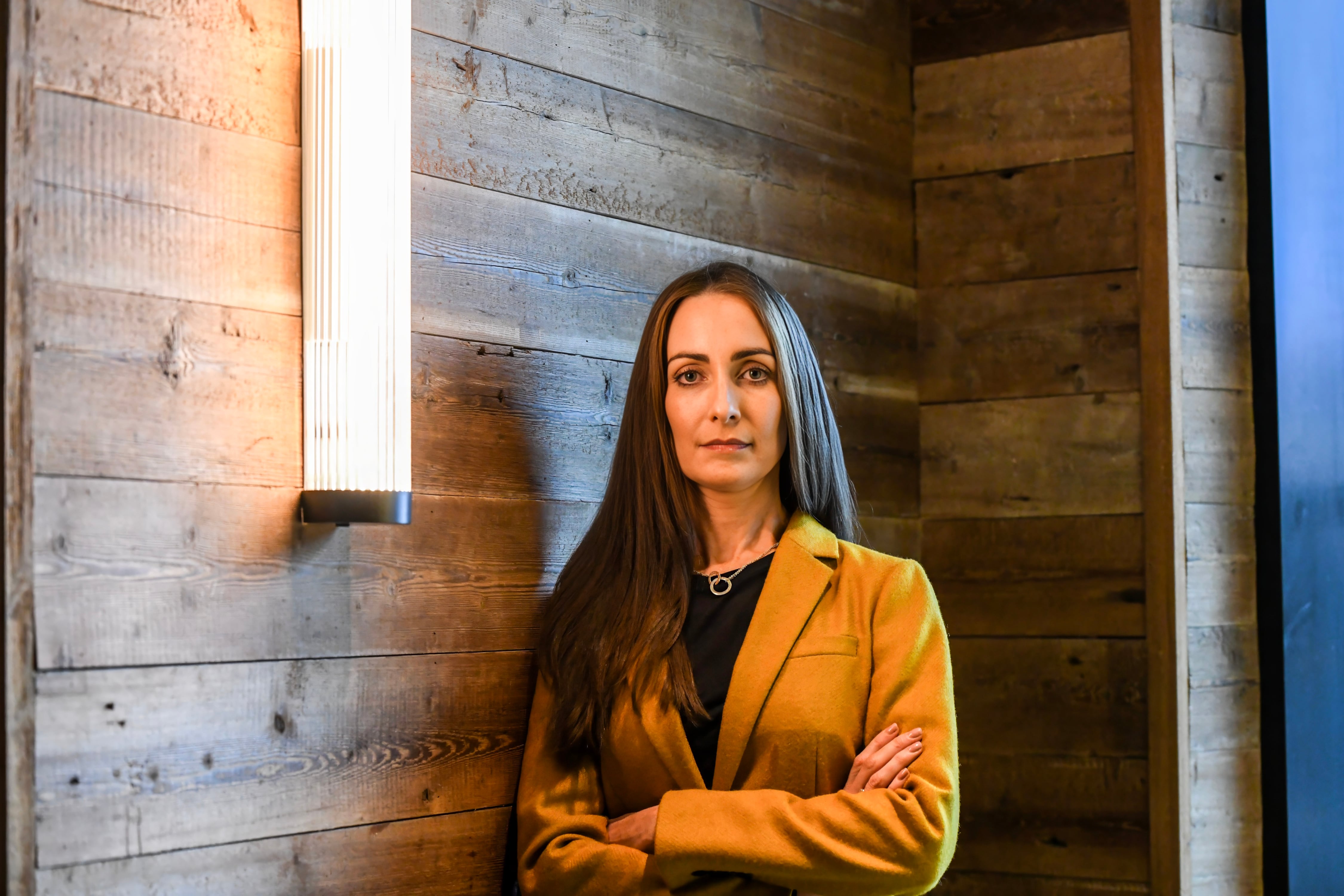As any high-performance sports coach will tell you, getting results means taking a holistic view of mental and physical health. Likewise in the workplace, successful teams are led by people who understand the correlation between wellness and the workplace; they understand that when their staff are thriving, they are best placed to succeed professionally and stay with the company.
Workplace wellbeing has become hugely important over the past number of years, particularly to help navigate the vagaries of remote and hybrid working, and the collective trauma of the pandemic.
Global companies seem to have led the way and set the trends, but while indigenous SMEs may not have the budgets or the HR departments to instigate workplace wellbeing programmes in the same way bigger companies do, this isn’t necessarily a bad thing. Experts who spoke to the The Irish Times all seem to be in agreement: it’s about listening to staff and leading from the top down to embed a culture of wellness.
Brian Crooke is course director of the postgraduate certificate in workplace wellness at Trinity College Dublin and founder of the Workplace Wellbeing Ireland community. He believes that smaller companies can have an edge when it comes to embedding a culture of health, as it’s easier to establish with fewer employees and more direct contact with leadership.
READ MORE
“If I went into a large organisation with an existing culture, that is incredibly challenging to change. But in a small organisation everybody knows the chief executive or their main manager on the leadership team, so it’s much easier to make connections and for leaders to lead by example, which is really what the foundation of a culture is.”
Crooke points to behaviours and actions on a daily basis being the starting point of cultural change. That could be something as simple as senior leaders using their annual leave allowance or not sending emails after working hours, to model behaviours for the rest of the staff.
For an SME, if they can stretch to it, he believes, “ongoing training, and CPD is fundamental to that leadership piece and developing that culture of health”. He admits larger organisations have an advantage with bigger budgets to send leadership on training and courses but says there is a danger this can be seen as a box-ticking exercise by some. “You can have an incredible programme and be throwing money at it …but if overwork, bullying and harassment are rife, who’s going to go to that yoga class?”

However, for organisations with a low budget or no budget, and a willingness to engage, Crooke prescribes good communication – getting employees in a room and asking them questions about what wellness means to them and what annoyances and challenges present in work – the output of which could then inform a policy.
“The goal is we want to get away from these random acts of wellness which are masquerading as wellness programmes in too many organisations,” he says. “If we do this properly, we can demonstrate that by aligning what we’re doing from a wellbeing perspective with the organisation’s vision, goals and objectives, you can actually support the bottom line.”
The ability to involve everyone in the creation of a policy is another significant advantage for an SME over a large company; everyone gets to have their voice heard. “There’s a time commitment with these approaches, but we haven’t spent a single cent yet in terms of capital expenditure,” says Crooke.
Fania Stoney, a business development strategist with Great Place to Work, has seen a multitude of companies of all shapes and sizes win at their annual awards, which recognise companies with great cultures across a range of categories. She posits that the companies that succeed at workplace wellbeing are the ones that “demonstrate a culture of trust where they [staff] can thrive in both their professional and personal lives”.
“By prioritising wellbeing, these organisations understand the correlation between wellbeing and high performance, recognising that when people thrive personally, they also excel professionally,” says Stoney. Shifting the view to what a happy employee is measuring their workplace wellness by, she suggests: “Questions people can ask themselves would be – does my organisation empower me to do my best work? Is that work recognised? And do my leaders have my best interests at heart?”
“It doesn’t matter whether it is a small engineering firm, locally run hotel, renewable energy organisation or large retailer; there are a number of things that are common across them.”
While the common threads are simple, Stoney says ongoing commitment is key to being a great place to work: “Simply put, the organisations have created high-trust work environments where people feel supported, safe and seen. They have established a foundation where people feel secure in their roles, and are able to express themselves freely. People are supported so they can thrive both in their professional and personal lives, a balance that takes ongoing communication and understanding from both employees and employers. And finally, people feel valued in their roles and part of a collective achieving something together.”

The simplest thing a leader or organisation can do, that will have the biggest payoff in terms of impact, according to Stoney, is understand where someone is and act on that knowledge to support them.
“We have multiple examples from our Best Workplaces of those doing it really well. It could be an organisation proactively engaging their people around the menopause, experimenting with new ways of working to find the best fit for their teams, or providing opportunities for people to pursue their passions. Different life cycles require different modes to underpin performance, and the best organisations aren’t shying away from those topics that may be seen as uncomfortable or difficult to address – instead, they are constantly listening and responding.”
Gillian O’Gorman, founder and chief executive of Engage & Elevate consultancy, agrees that the day-to-day is more important than a big-budget bells-and-whistles programme. For her it’s all about creating a psychologically safe environment. With the best intentions in the world, this isn’t always easy, as she notes, wryly: “Where’s there are people, there are problems – a different set of values, a different set of needs, a different way of communicating, which ultimately, if we don’t have the tools to understand, result in conflict.”

However, she is adept at getting to the bottom of these problems as a coach and, with her work having taken her around the world, she says, regardless of where you go, the solution is the same.
“I have had the opportunity to coach people in India, America, the UK, Ireland, Scandinavia, Germany, France, and it’s been so fascinating because what I’ve discovered is we’re all the same. Everybody just wants to feel happy, loved, seen and recognised.”
Along with leaders availing of coaching themselves, she suggests they ask their staff coaching-style questions – “What’s going well for you? What are your challenges? How can I support you?” – and mark out time in their diaries for regular check-ins. “That starts a continuous dialogue and starts to build rapport,” she adds.
While there are different leadership styles, O’Gorman says “the coaching style encourages conversation and connection, and starts to cultivate a psychological safety” where employees feel they have space to express their concerns.
“We overcomplicate everything as human beings. It could just be something as simple as finishing half an hour earlier on a Friday because it’s the gestures and the listening that count.”
For an SME owner or leader to engage with this style of leadership, it demands a certain level of self-awareness and vulnerability, but O’Gorman says the rewards are great in terms of lowering levels of absenteeism and staff turnover.
“Either directly or indirectly, it affects the bottom line,” she says.
Ultimately, it all comes back to really hearing what staff want and need, and that needn’t cost anything but time.














